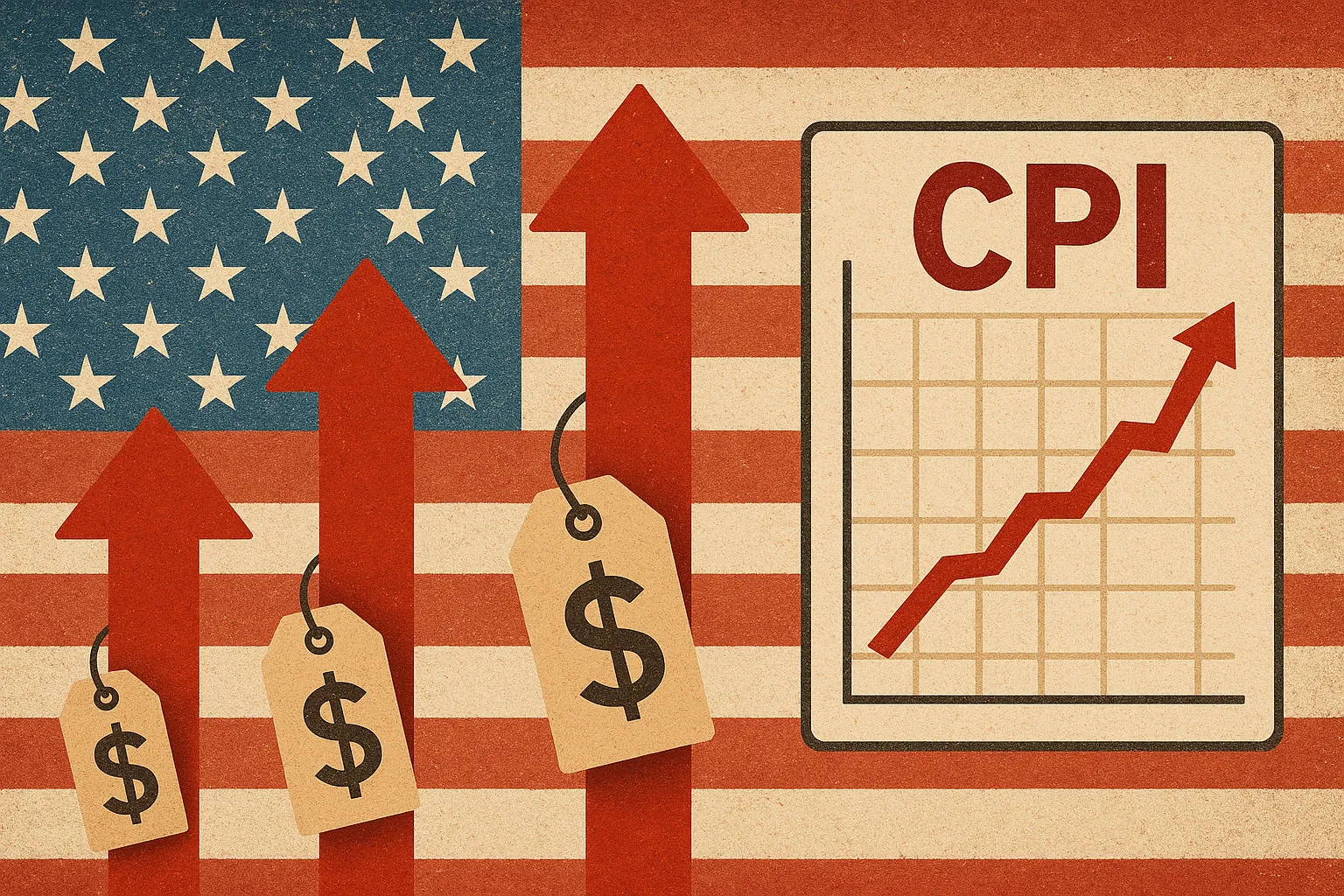US Consumer Prices Jump 0.4% in August as Inflation Persists

Lead U.S. consumer prices climbed 0.4% in August, driven by higher shelter, food and energy costs, pushing year-on-year inflation to 2.9% as reported Thursday by the Bureau of Labor Statistics in Washington.
Nut Graf The August Consumer Price Index underscores persistent price pressures across major categories, intensifying debate over the timing of Federal Reserve rate cuts. While core inflation-excluding volatile food and energy-rose 0.3% monthly, overall gains reflect broad-based increases that may temper hopes for easing monetary policy.
Key Details at a Glance
- Headline CPI: +0.4% month-over-month; +2.9% year-over-year
- Core CPI (excludes food & energy): +0.3% month-over-month; +3.1% year-over-year
- Shelter index: +0.4% month-over-month, largest monthly contributor
- Food index: +0.5% month-over-month; food at home +0.6%, food away +0.3%
- Energy index: +0.7% month-over-month; gasoline +1.9%
Broad-Based Price Pressures
Shelter costs continued to climb, reflecting rising rents and owners’ equivalent rent. The food index saw its highest monthly increase since early spring, led by grocery prices, while energy costs surged on stronger gasoline demand.
Core components also registered widespread gains. Airline fares, used cars and trucks, and apparel rose for the month, pointing to persistent underlying inflation beyond headline measures.
Implications for Monetary Policy
Despite slowing job growth and signs of cooling consumer demand, the broad nature of August’s price increases complicates the Federal Reserve’s decision on interest-rate cuts. Policymakers will weigh strong shelter and food inflation against tariff-related price spikes and moderating service-sector momentum.
What’s Next
- The Fed meets next week, with markets largely pricing in a quarter-point rate cut.
- September CPI will be released on October 15, potentially offering clearer insight into seasonal adjustment effects.
- Analysts will watch producer-price data and consumer-sentiment readings for early signals of demand trends.
Categories
Autos and vehicles Beauty and fashion Business and finance Climate Entertainment Food and drink Games Health Hobbies and leisure Jobs and education Law and government Other Politics Science Shopping Sports Technology Travel and transportationRecent Posts
Tags
Archives
08/19/2025 (3) 08/20/2025 (40) 08/21/2025 (27) 08/22/2025 (22) 08/23/2025 (4) 08/24/2025 (21) 08/25/2025 (30) 08/26/2025 (24) 08/27/2025 (29) 08/28/2025 (16) 08/29/2025 (9) 08/30/2025 (13) 08/31/2025 (17) 09/01/2025 (167) 09/02/2025 (124) 09/03/2025 (149) 09/04/2025 (112) 09/05/2025 (72) 09/06/2025 (169) 09/07/2025 (162) 09/08/2025 (150) 09/09/2025 (176) 09/10/2025 (194) 09/11/2025 (194) 09/12/2025 (186) 09/13/2025 (207) 09/14/2025 (159) 09/15/2025 (175) 09/16/2025 (198) 09/17/2025 (196) 09/18/2025 (196) 09/19/2025 (207) 09/20/2025 (129) 09/21/2025 (4)